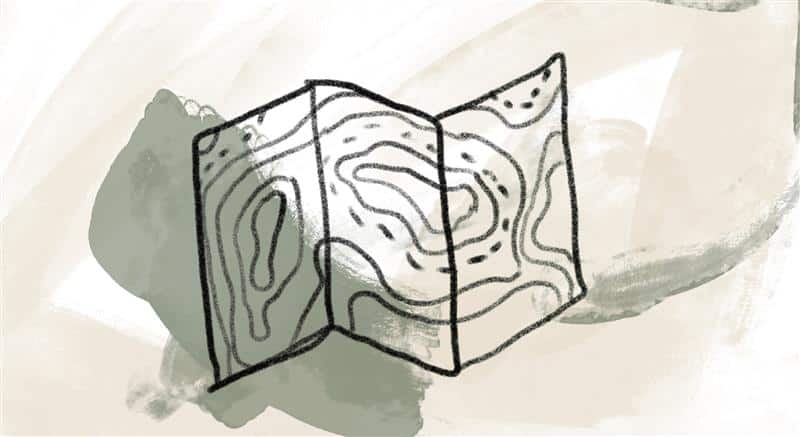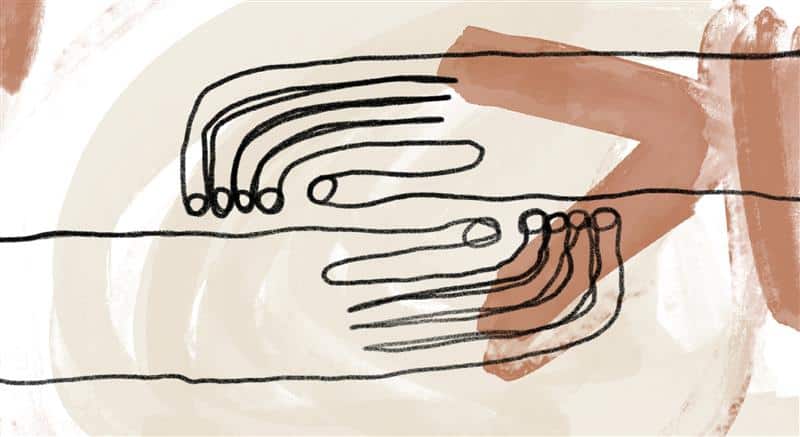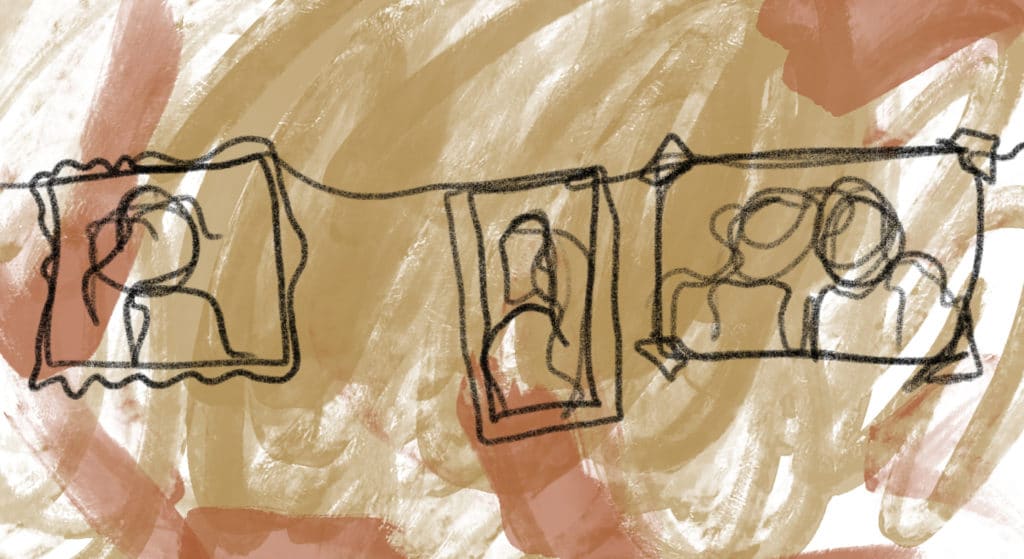
Falling Upward: The Second Half of Life: Weekly Summary
Sunday
Our carefully constructed ego container must gradually crack open (see John 12:24) as we realize that we are not separate from God, from others, or from our True Selves. We see that we have an eternal soul. Our ego slowly learns to become the servant of the soul instead of its master. —Richard Rohr
Monday
We are created out of love and are made to energize the world in love. Aging can be either a life of nostalgia or a wholehearted engagement with the future. —Ilia Delio
Tuesday
Twice per year, we pause the Daily Meditations to ask for your support. If you have been impacted by the CAC’s programs (including these Daily Meditations) and are financially able, please consider donating. We appreciate every gift, as we are committed to keeping our work and these Meditations accessible to all.
Wednesday
In the second half of life, it is good just to be a part of the general dance. We do not have to stand out, make defining moves, or be better than anyone else on the dance floor. Life is more participatory than assertive, and there is no need for strong or further self-definition.
—Richard Rohr
Thursday
My only job is to be my most authentic self. I’ve discovered that the more I embrace the person God made me, the more I’m able to love God. And, really, that’s the only thing I can offer to God and to the world. —Ann Kansfield
Friday
Soulful people temper our tantrums by their calm, lessen our urgency by their peace, exhibit a world of options and alternatives when conversation turns into dualistic bickering. —Richard Rohr
Week Forty-Six Practice
Deepening in Lovingkindness
Hospice worker and psychotherapist Kathleen Dowling Singh (1946–2017) taught how her spiritual practice of offering loving-kindness to herself and others deepened in the second half of her life:
Another thing that is noticeable is the transformed nature of my relationship with metta practice—a practice of loving-kindness for self, at first, extending then to others, through the inner merging with the thoughts: “May I (you) be happy. May I (you) be well. May I (you) be peaceful and at ease.”
I remember the first few times I sat to do metta practice and found powerful resistance in my mind. Imagine that—resistance to offering myself happiness and wellness and peace and ease. The resistance was the belief in my unworthiness, my conviction that I didn’t yet deserve to be happy or hadn’t yet “earned” being peaceful. It was both sad and stunning to become aware of the resistance of all those deep, damaging, draining beliefs.
And, of course, my kind wishes for others were a bit shallow, not really authentic, when I couldn’t even hold them for myself. Gradually I began to rest in a dispassionate place of stillness where there was enough clarity to see the stories that gave rise to those mistaken beliefs and—just observing, just looking—they began to dissipate. After a while, it made me laugh to myself to see how stuck I’d been. Metta practice began to happen from a new place—actually resting in loving-kindness.
My prayer: “May this space I call me be happy, well, safe, peaceful, and at ease.” There is a deeper place—closer to essential nature, less filled with ego’s thoughts—that holds the intentions and wishes. It is grace.
Reference:
Kathleen Dowling Singh, The Grace in Living: Recognize It, Trust It, Abide in It (Somerville, MA: Wisdom Publications, 2016), 81–82, 83.
Image credit: A path from one week to the next—Loïs Mailou Jones, Eglise Saint Joseph (detail), 1954, oil on canvas. Alma Thomas, Red Abstraction (detail), 1959, oil on canvas. Loïs Mailou Jones, Shapes and Colors (detail), 1958, watercolor on paper. Click here to enlarge image.
As we journey through life, we begin to apply the colors of our experience with more depth, expansiveness and skill.




